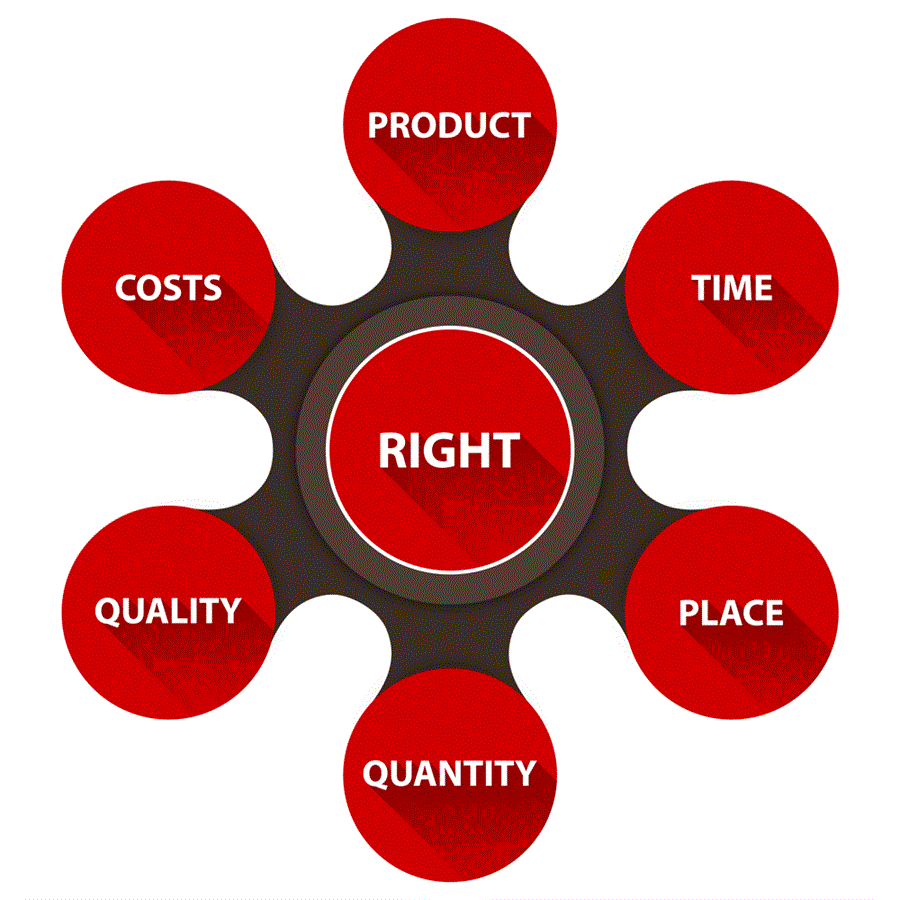Published March 15, 2018
- We are torn between shipping our eCommerce orders fast and expensive vs. slow and cheap, how should this be addressed
Answer: This is a good question because it highlights the challenge of having good customer service (fast) vs. good profitability (cheap). It is clear, slow and expensive is the wrong answer leading to poor customer service and poor profitability. Fast and cheap leads to good customer service and good profitability, being the right answer. The way the question is presented, you only can select fast and expensive or slow and cheap, you are not given the choice of the correct answer, which is fast and cheap. The correct answer to the question is, it is unacceptable to be forced to have either poor customer service or poor profitability. The only acceptable option is to change the logistics network to achieve the only acceptable answer to the question, fast and cheap. Changing the logistics network to achieve fast and cheap requires adding locations for distribution/fulfillment that allow for shorter travel distances and more efficient deliveries. These additional locations for distribution/fulfillment can be:
- New distribution/fulfillment facilities: This alternative is viable when additional capacity is needed and sufficient capital is available. The design of these new facilities need to include Tompkins Robotics as an alternative allowing, much greater capacity and less capital.
- Utilization of stores for fulfillment: This alternative is great for either buy online pickup in store or buy online deliver from store. In both cases when volume become significant we must not pick orders from the store shelves, but either in a nearby fulfillment center or using Tompkins Robotics backroom application.
- Utilization of 3PL’s: When volumes are low and the product mix is not conducive to automation, this is a great alternative.
- Utilization of MonarchFx: This is the “New” alternative to the discussion and merits an in-depth review as capital cost are zero and fulfillment is fast and cheap.
- In 2016 we were pushing hard to hit two-day delivery for 50% of the U.S. and three-day delivery for the additional 50%. In 2017 we were pushing to hit next day delivery to 25% of the country and two-day to 75% of the U.S. How far can this go?
Answer: The problem with this question is without being specific as to the type of product, the location of the customers, the age of the customer, and the value proposition of the sale it is impossible to answer. For example, consider the following general statements:
- Types of Product:
- Grocery
- Fresh and frozen: Same day
- Pantry: Next day
- Apparel
- Unique fashion item: Same day – Next day
- Everyday wear: Next day – Two-day
- Home Improvement/Furnishing
- Consumable: Same day – Next day
- Non-consumable: Next day – Four-day
- Grocery
- Location of customer
- Big city – Same day
- Medium city – Next day
- Rural – Two-day
- Age of customer
- Young: Same day – Next day
- Older: Next day – Two-day
- Value proposition
- Luxury: Same day – Next day
- Routine: Next day -Two-day
- Off Price: Two-day – Three-day
The challenge then is combining these factors to determine what standards are appropriate for the sale being considered. The big reductions in customer expectations has taken place, so it is no longer an issue of how far this can go, but more of a meeting of the above requirements, being consistent in fulfilling the customer promise, and watching what your competition is offering.
- Types of Product:
- For retailers with brick and mortar, is using stores as fulfillment centers viable?
Answer: No, the New Retail world we live in will require all successful retailers/brands to be successful in store and Direct-To-Consumer. Depending upon the specifics of any customer journey New Retail requires any combination of:
- Buy instore
- Buy online
- Buy from other
- Pick-up instore
- Deliver to home: ship from fulfillment center or ship from store
- Return to store
- Return to company
- Return to other
The challenge is providing the customer the experience and the service they desire at the price they are willing to provide. Not just the old opening the store at 9AM every morning.
More Resources
- Video: Get to know MonarchFx
- Video: Tompkins Robotics



